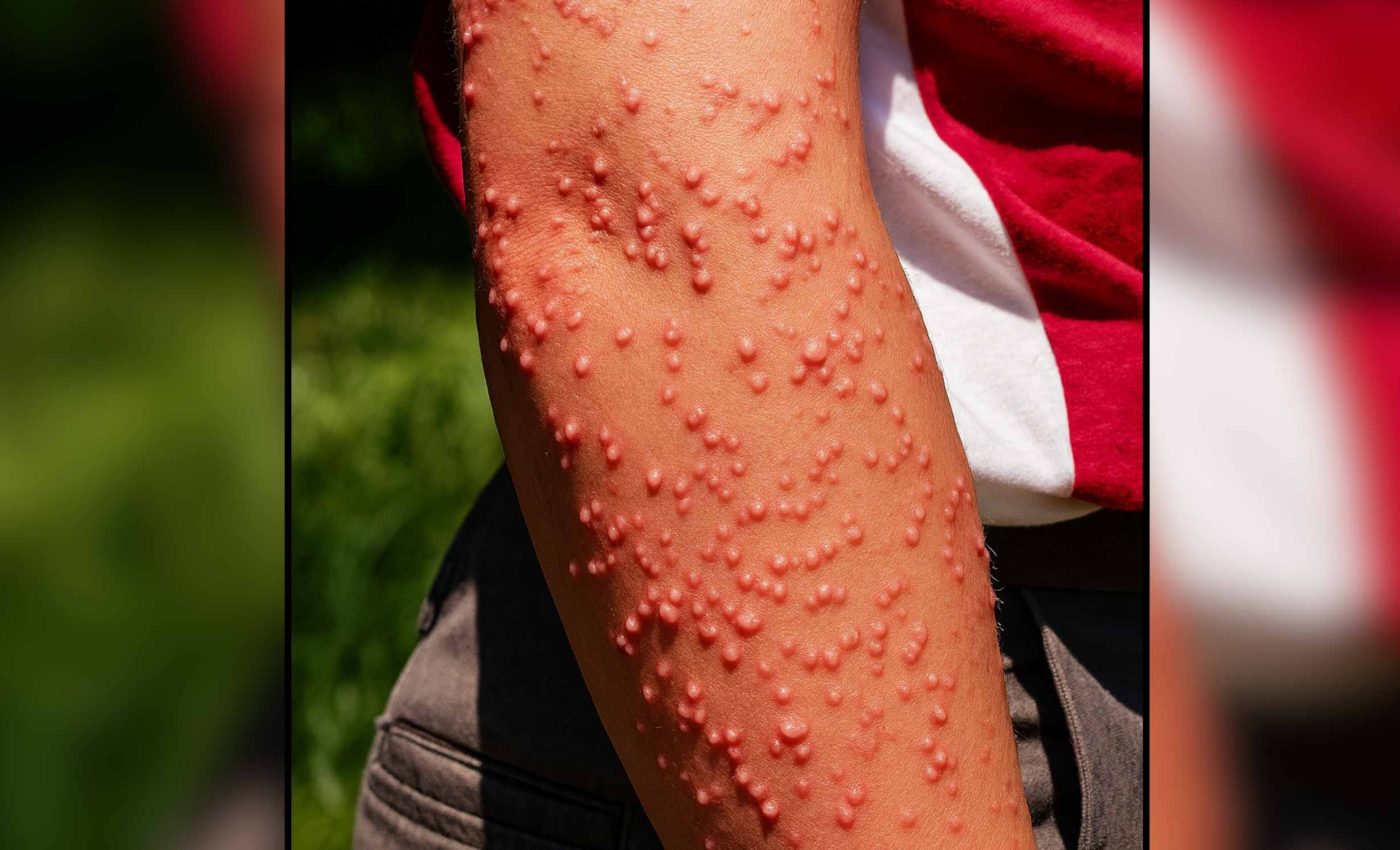
Alarm sounded over nationwide invasion of world's most feared ant
Specialized detection dogs found red imported fire ant nests at five more mine sites in Central Queensland, six weeks after the first discovery at BHP’s Broadmeadow coal mine near Moranbah.
Investigators traced the spread to pallets of bricks moved roughly 500 miles from a regulated area, and officials say the affected mines are now under intense surveillance.
Invasive fire ants wreak havoc
Tom Roberts, Director of Specialist Operations at the National Fire Ant Eradication Program (NFAEP), is leading the field response with teams using trained dogs, site sweeps, and targeted treatments.
At the mines, crews destroyed fire ant nests using direct nest injection, injecting pesticide straight into a nest, then followed with broadscale treatment to suppress nearby colonies.
The new detections did not name individual operations, but authorities placed tight controls around equipment and soil that might carry ants.
Surveillance began within days and is expected to continue for years to reduce the chance of further spread.
Why fire ants spread so easily
Fire ants excel at human assisted spread, ants hitchhiking on moved soil and equipment, which makes any construction or mining supply chain a risk if controls lapse.
They can ride in soil clods, plant material, turf, or even machinery, and once established they expand by budding and short mating flights.
Australia’s climate offers them room to run. According to a federal submission, the species could spread across more than 97 percent of the continent.
That projection includes open grasslands, pastures, and disturbed urban edges, which match many transport and work corridors.
An early Australian study warned that if fire ants establish, they could pressure birds, reptiles, mammals, and amphibians through predation and nest defense.
That risk grows when colonies become dense and displace native ants that normally help keep ecosystems in balance.
Data behind the stings
Fire ant stings are more than an annoyance. Doctors writing in a 2024 medical review describe typical reactions like painful welts and swelling, and note that severe allergic responses can occur.
The dangerous outcome is anaphylaxis, a sudden and severe whole body allergic reaction, which requires immediate treatment with epinephrine and emergency care.
In infested regions overseas, emergency visits rise during heavy exposure periods such as cleanup after storms. That pattern worries health agencies planning for Australian summers in newly affected areas.
Pets and livestock are also vulnerable, since multiple stings can lead to infection or systemic illness when animals disturb a mound.
Rules and zones established
Queensland updated its biosecurity zones, legally defined area with movement controls to limit fire ant spread, on August 15, 2025 to include the Broadmeadow site and other at risk localities.
Movement controls apply to soil, gravel, mulch, turf, nursery plants, hay, and unwashed machinery, and the rules change as detections shift.
Compliance audits now focus on storage on bare ground, cleaning before transport, and proof of treatment for materials with a risk of carrying ants.
Regulators emphasize that even small oversights can move a queen and a few workers to a new town.
Eradicating fire ant infestations
The program’s toolbox is practical. Broad-scale treatment, baiting large surrounding areas to kill colonies, reduces unseen nests and helps prevent rebound after nest injections.
Crews use aerial and ground baiting, dog teams to confirm the edges of the fire ant zones, and follow up surveys to detect stragglers before they expand.
“This detection is a strong reminder that community and industry vigilance can, and does, stop the spread of fire ants,” said Michael Homden, Executive Program Director at the National Fire Ant Eradication Program.
Fire ants marching around the globe
Central Queensland’s climate is drier than the southeast, which may limit rapid colony growth and give eradication a better shot if effort stays high.
The challenge is not new nests, it is movement of contaminated materials, because one missed pallet or unwashed loader can outrun field teams.
The national plan aims for containment and progressive elimination in the southeast while stamping out outliers quickly.
That balancing act depends on industry doing the right thing every time materials shift within or out of the zones.
Fire ant mounds look like loose soil piles without a central opening, often in sunny, disturbed ground.
If you see a suspect mound in or near a zone, do not poke it, take a photo from a safe distance, and report it promptly through the official channel listed by authorities for your state.
Swift reports help dog teams and technicians find the front edge of an incursion before it fragments.
That early intel saves flights, bait, and time, and lowers the odds a colony spreads beyond reach.
—–
Like what you read? Subscribe to our newsletter for engaging articles, exclusive content, and the latest updates.
Check us out on EarthSnap, a free app brought to you by Eric Ralls and Earth.com.
—–













